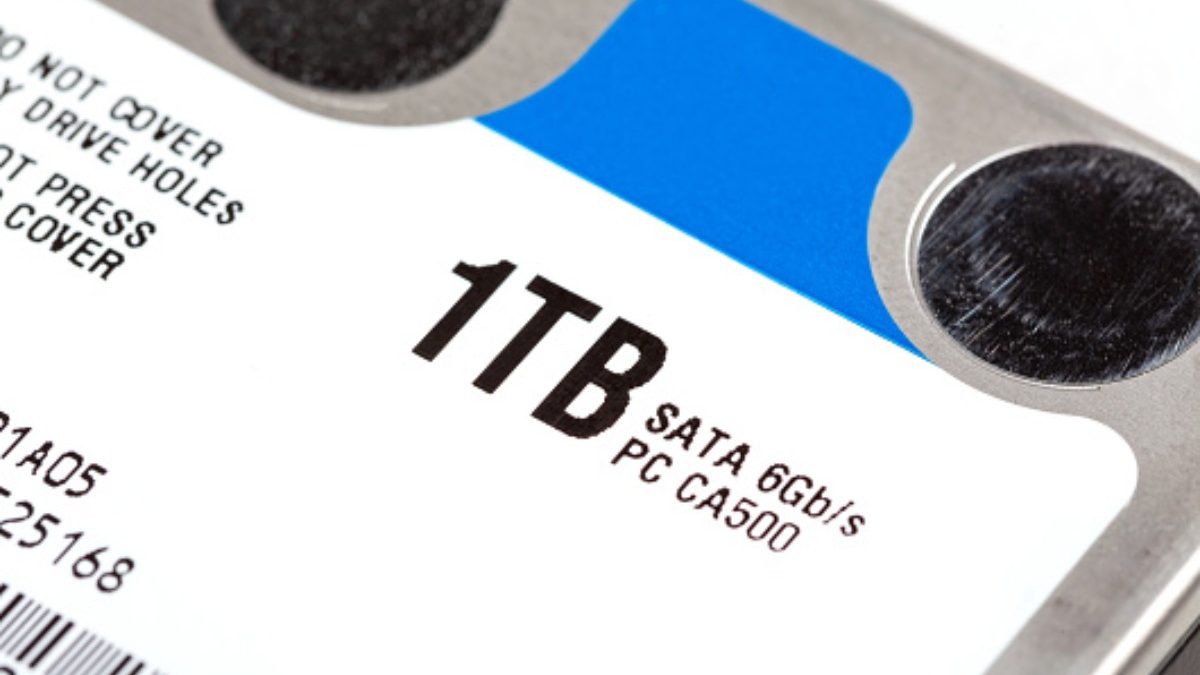If your job requires you to work with computers and transmit files, then you’re probably familiar with the names of common file extensions. You probably know about the most common file size measurements, too. Companies that want to streamline their data management processes, though, must go beyond that basic knowledge. IT professionals, project managers, and anybody else who works for a tech-related company should pay close attention to the following common file types and sizes.
Table of Contents
ToggleMost Common File Types
There are several different types of files that you can use for various purposes. Generally, the more data a file contains, the larger its size will be. The following three file types are some of the most common data-rich file types that you may encounter.
ZIP Files
ZIP files are unique because they allow multiple files to be compressed without losing any data. These files are then combined into a single compressed file in order to make them more accessible to users. ZIP files are beneficial if your work includes regularly sharing large files. Rather than sending prohibitively large files to your associates, you can compress them into a single ZIP and use a large file collaboration platform to ensure that the files are sent securely. A platform like that also makes it easier to access stored files, edit data, and sync across devices.
Data Files
Data files are another common type of file. One of the most common extensions for these files is .bin, and these files are most frequently found in a computer’s operating system. Files with the .bin extension are so-called “binary files” that contain information and code relating to the computer’s software. This data is stored on a disk image that is typically copied from a CD or DVD. Data files, including .bin files, are typically compressed so that they can be stored easily.
Image Files
Image files are the foundation of the internet. JPGs, GIFs, and PNGs comprise the images that you share online, but they’re also important for communication within companies, too. The size of an image file can vary widely, but generally, they contain an abundance of data. The bigger the dimensions of the image — and the higher the resolution — the larger the file size will be.
For many organizations, a secure collaboration platform can allow users to conveniently share links to files and folders, without having to send attachments via e-mail or instant messaging applications. Utilizing such a platform can reduce the risk of malware and sharing of sensitive content with unauthorized parties.
Most Common File Sizes
When you’re sending or receiving files, it’s important to consider how large the file in question is. If it is too big, sending it via email may cause data loss, or your email provider could even prevent transmission of the file. Similarly, sending larger files via an unsecured platform can lead to compromised data. Consider these three common file size measurements to better understand how to measure data.
Megabytes
Megabytes are one of the most common units of measurement in information technology and data management. It should be noted, though, that this term can refer to two different measurements. When used to refer to a computer’s memory capacity, the word “megabyte” denotes 1,048,576 bytes. When the word refers to networking or computer storage, however, it denotes 1,000,000 bytes. In either case, this is a considerable amount of data.
Gigabytes
A gigabyte is bigger than a byte or a megabyte. In fact, it is the equivalent of 1,000,000 bytes or 1,000 megabytes. A file that’s measured in gigabytes is likely quite large, and most computers only have a storage capacity of about 256 gigabytes. This might sound like a lot, but that storage can get eaten up quickly by applications, your computer’s operating system, and other files. Companies that demand additional storage for files should invest in a cloud-based solution that can offer additional storage beyond that of a hard drive.
Terabytes
A terabyte is one of the biggest file sizes commonly found in data management. It represents the equivalent of 1 trillion bytes, 1,000 gigabytes, or 1,000,000 megabytes. This unit is typically reserved for very large file sizes such as ZIP files, image collections, or complex applications. If your company routinely handles file sizes that are a terabyte or bigger, you should transition to a file management system that will allow you to store and send that data securely. This is especially important given the fact that larger files may be more susceptible to corruption.
Send and Receive Files With Confidence
If you handle your company’s IT operations or data management, you know that managing file security is imperative. You also know that it’s important to understand the various types of files and file sizes you will commonly encounter. Understanding this information will make it easier to send and receive files securely on behalf of your company.
Related posts
Hot Topics
Understanding TruthFinder’s Background Check Features
Background checks have become increasingly relevant for personal safety and information gathering in digital environments. TruthFinder offers comprehensive background check…
How MLOps Is Shaping the Future of AI in Business
Artificial intelligence (AI) has evolved from a futuristic idea to a strategic necessity for companies looking to innovate, grow, and…



